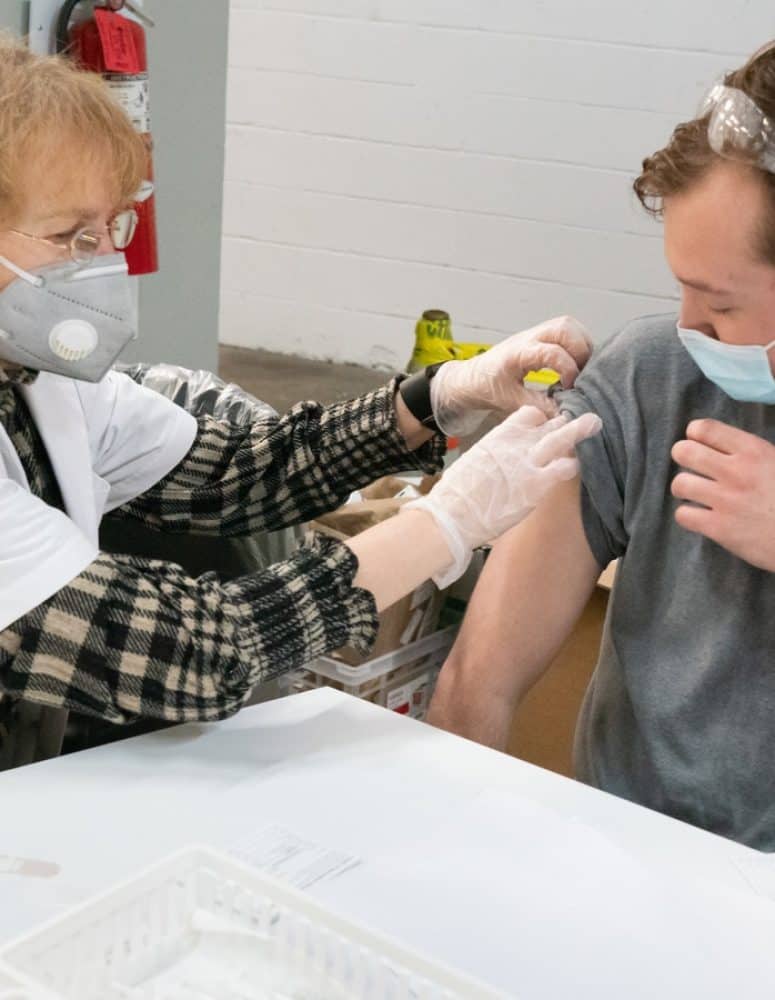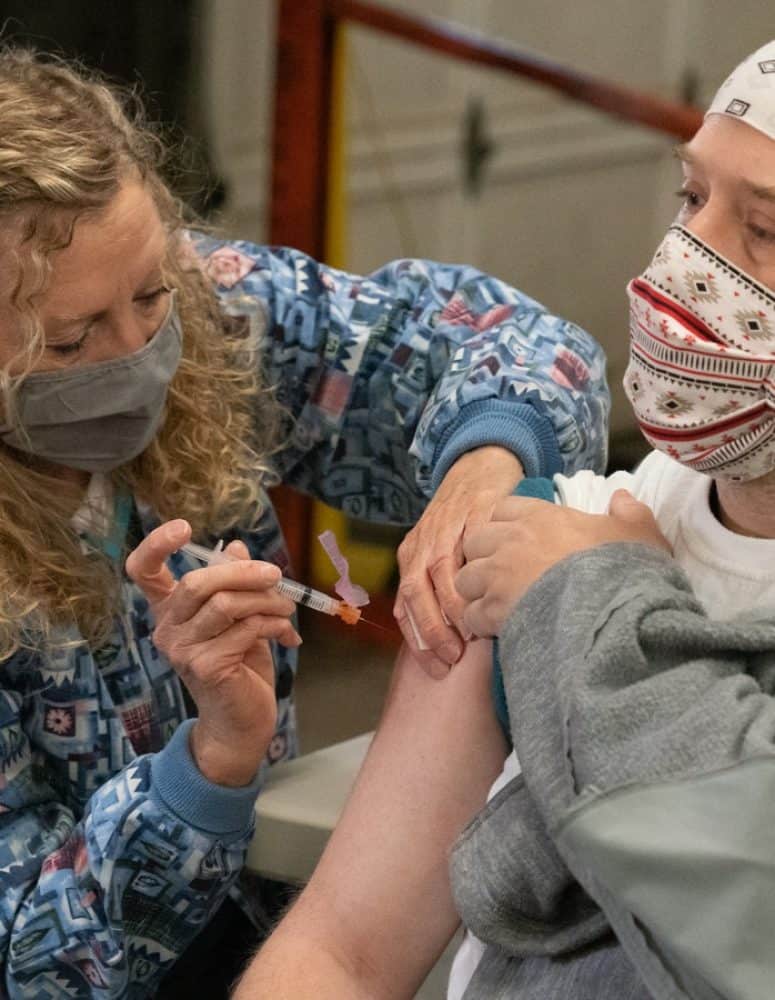How to Talk to Vaccine-Hesitant Workers
Get the Latest News
Sign up here
Now that all American adults are eligible for vaccination and largely have easy access to vaccines, it’s even more important to convince those still on the fence about getting their shots. To help manufacturers convince their hesitating employees, The Manufacturing Institute has partnered, as a part of the “This Is Our Shot” project, with the Center for Public Interest Communications at the University of Florida on a research study about hesitancy and how manufacturers can overcome it.
The big idea: The study aimed to identify strategies that manufacturers can use to increase vaccine confidence among their teams, according to Matt Sheehan and Annie Neimand, managing director and research director, respectively, at the Center. It took a wide-ranging approach, applying social science to this public health problem and looking for evidence-based strategies that employers could put into practice right away.
Why it matters: According to the team, vaccine hesitancy can be driven by a range of factors, including a lack of access to vaccination opportunities, uncertainty about the process of getting inoculated or incorrect or confusing information. Those different motivations can be countered by different approaches, the researchers advise. Understanding where people are coming from makes it easier to give them the support they need.
What we learned: The study arrived at five steps that will help encourage manufacturing workers to get vaccinated:
- Communicate from a place of trust. To be effective, manufacturing leaders should communicate frequently and transparently about vaccination policies and vaccination rates within the facility. Vaccination goals, too, should be focused on the facility.
- Help remove barriers to getting the vaccine. Employers should make it easy to obtain the vaccine and make employees feel supported in their decision to get it. That may mean communicating in languages that their workforce uses, helping employees make vaccination appointments as needed and offering time off for employees to recover if they have significant side effects after the vaccine.
- Highlight trusted messengers. Lots of vaccine skeptics are also skeptical of outsiders, so employers should enlist trusted local authorities, civic leaders and peer influencers to disseminate information.
- Customize tactics to appeal to the community. There is no one-size-fits-all message, and it’s important to reach people who come from different backgrounds and have different ideologies. For some people, it’s important to talk about reaching herd immunity or protecting the most vulnerable in our communities. For others, it’s more effective to talk about the vaccines’ role in protecting their own families and loved ones, or even themselves.
- Address fears at an individual level. Reacting to hesitancy with negativity, or suggesting that all people who are concerned about vaccines are the same, will only increase hesitancy. Instead, listen to individual concerns, and guide people to a useful solution.
Point of emphasis: “It’s important that we listen more than we talk,” said Sheehan. “That’s what’s going to get us to the point where we reach some of these hesitant groups. We need to help solve problems rather than impart information…. If we can listen and hear and alleviate concerns and fix barriers, we’re going to see much more success.”
What’s next: The MI and the Center for Public Interest Communications are preparing to release additional research findings and a new communications guide later this month, to bolster manufacturers’ efforts to get the remainder of their teams and communities vaccinated. Stay up to date on all the latest “This Is Our Shot” project resources at NAM.org/ThisIsOurShot.



